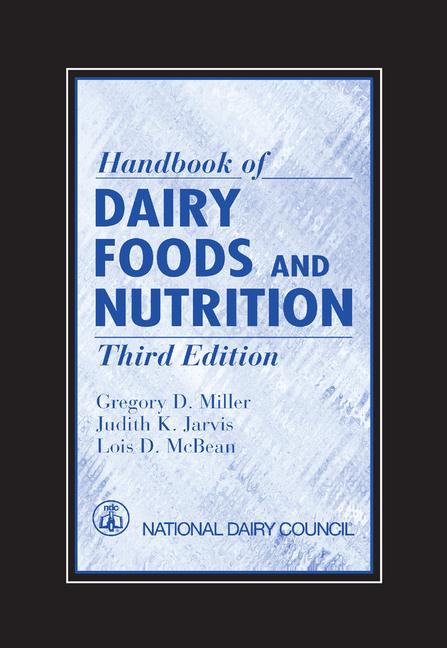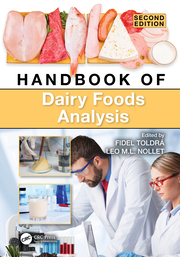Cheese ingredients ignite excitement
From pizza to hamburgers, cheese complements many recipes at home and on-premise.

The stretch of cheese on a pizza contributes to its All-American taste.
Photo courtesy of A&B Ingredients.
Nothing says versatility like cheese. With a plethora of flavors, types, and textures, cheese resonates with consumers because it can be eaten alone as a snack, paired with crackers and sausage on a charcuterie board, used as a topping on pizza, as slices on char-grilled hamburgers, layered in lasagna and much more.
The $18.5 billion cheese category, which includes shredded, chunks, slices, string/stick, crumbled, cubes, and ricotta, experienced a 3% year-over-year (YoY) increase in total U.S. multi-outlets and convenience stores for the 52 weeks ending Jan. 28, Chicago-based market research firm Circana reports. Unit sales increased by 2% YoY to 4.78 billion.
A report from MarketsandMarkets projects an even larger growth spurt for cheese — nearly $106 billion globally by 2026 at a compound annual growth rate (CAGR) of 3.6%.
Joe O’Neill, vice president of sales and business development at A&B Ingredients, Fairfield, N.J., notes the popularity of cheese in new product launches, including ready-to-eat meals, snacks, and bakery items.
“In 2022, cheese was included in one out of every 15 new products introduced to the market. Dairy cheese is a staple in nearly 90% of new pizza offerings, while about three-quarters of instant and prepared pasta dishes contain cheese ingredients,” O’Neill explains. “Among cheese varieties, cheddar leads the pack, appearing in almost half of all product launches, followed by parmesan and mozzarella.”
Despite rising inflation, 40% of U.S. consumers are still willing to pay extra for clean-label foods and beverages since these products provide indulgence without compromising on consumers’ health and dietary goals, O’Neill states.
“Consumers are particularly focused on reducing their intake of sugar, salt, carbs and artificial additives in cheese products,” he adds.
When discussing the latest trends in cheese, An Ho, director of food science and product innovation at St. Louis-based IFPC, suggests that cheese is providing menu differentiation at home and when dining out.

“Honey drizzled on salty cheeses and also mild like ricotta is a great complement at restaurants as a small plate and I have been seeing hot honey drizzled on cheese pizzas lately at restaurants, as well. I don’t see it being a compliment to standard cheeses like swiss, cheddar, jack, provolone, etc.,” she says.
“I have also noticed that menus are offering fresh cheeses like burrata and stracciatella a lot. Both are very mild/fresh mozzarella type cheeses that can be complimented with pesto, herbs, fruit and dressed up with olive oil. Eastern European dairy ‘cheeses’ like Kajmak and Lebne are gaining popularity,” Ho states.
When going out or hosting, exotic cheeses are popular, while standard cheeses suffice for daily at-home cooking, she adds.
Nothing cheesy about trends
Nelson-Jameson Senior Cheese Technologist Steve Funk points out that cheese is in more than 33% of ready-to-eat meals, with Cheddar, Parmesan, and mozzarella top varieties. “…The trend is for more cheese,” he says, noting that gluten-free is also a key driver in many cheese applications.
“The request is usually for label-friendly preservation via cultures or culture-made derivatives that can be labeled as cultured milk, for instance,” Funk says.
Jean-Denis Bédard, founder and president of CoProDev, Boucherville, Quebec, Canada, says the company has been “extremely focused” on cheese chunk and stick cutting technology since its founding in 1992.
“The only ingredient that we have been involved with in more than 30 years of cheese cutting is spraying of cheese with mold inhibitors solution (composition unknown) for extended shelf life,” he states. “… Shredded cheese is usually sprinkled with an anti-caking agent such as Avicel [microcrystalline cellulose (MCC)] and various other ingredients such as spices.”
Marshfield, Wis.-based Nelson-Jameson concurs that flavor inclusions like spices (jalapeño peppers), flavors (smoke), and cultures for specialty and artisanal cheese are in demand, states Peter Kempe, senior vice president for strategy and business development, Ingredients.
“Indulgence is key. However, cheese is well recognized as a good source of protein, calcium, and certain vitamins,” Kempe says, while Funk notes the importance of preservation systems to inhibit the growth of infectious microorganisms like Listeria.
Spice is nice
Citing Chicago-based Mintel, the top emerging ingredients in cheeses this year are rosemary and olive oil, za’atar, sundried tomatoes, bacon, herbs and olive, chili pepper, and basil and chili pepper, says Andrea Lee, junior marketing specialist at Flavorchem, Downers Grove, Ill.
In addition to flavor, Lee says “Dairy companies are emphasizing cheeses’ health benefits and claims with global launches including high satiety, slimming, low saturated fats, high fiber, prebiotic or probiotic, and nontoxic claims. Reduced fat claims have seen a steady surge at 141% growth from 2023 to 2024.”
Yet, IFPC’s Ho does not believe reduced-fat cheese is very popular. “I don’t get many requests about it nor do I see it on the shelves or menus,” she explains. “I don’t think most cheeses even have that much sugar unless you are adding fruit directly to a goat cheese or cheddar. I think cheese does remain indulgent, but not ‘unhealthy’ to consume.”
Ideal for preventing spoilage in cheese dips and spreads, A&B Ingredients offers a clean-label preservative ideally suited for yeast and mold control and extend shelf life. “Rowanberry extract is a natural form of sorbic acid that is marketed under the name CytoGUARD BC,” O’Neill explains.”It is an alternative to the traditional synthetic potassium sorbate and we’re pleased to announce that Rowanberry extract is now available as a concentrated liquid solution for ease of use and dispersion.


“Rowanberry extract is the natural preservative of choice because of its ability to control spoilage organisms and extend the shelf life,” he continues. “It has minimal impact on the sensorial properties of cheese when used at the recommended use levels."
Making dairy products sustainable by promoting the nutrition of dairy, keeping the price reasonable/affordable, driving down greenhouse emissions and using renewable energy are among the priorities today’s dairy processors face.
IFPC’s Ho points to dairy’s role within sustainable sports nutrition products. “We can upcycle the product of making cheese into whey protein and make it a tasty pre-workout powder or meal replacement protein drink,” she explains.
Long live cheese
Cheese ingredient suppliers concur that there’s a bright future for cheese based on marketplace growth.
For instance, since protein-rich foods and beverages are flying off store shelve, the taste and nutritional benefits of cheese will see continued success, O’Neill says. He also points to healthy snacking and convenient nutrition as being prime candidates for the healthy attributes of cheese. Plus, it tastes good.
“What's really interesting is how consumers are leaning toward clean-label ingredients and familiar flavors. That means there's a big opportunity for cheese manufacturers to innovate their products using ingredients that tick all the boxes for health and transparency,” O’Neill says, advising manufacturers that it’s time to “get creative” with their cheese and plant-based cheese offerings.
“Whether it's focusing on health benefits, clean labels, or convenient packaging, there’s plenty of room for innovation to meet the ever-changing tastes and preferences of consumers,” he says.
Ho also is confident that the cheese market will continue to grow. “The general public finds it indulgent, macro and electrolyte packed, available on grocery shelves and are seeking it on restaurant menus,” she concludes. “I don’t want to sound too cheesy, but ‘long live cheese.’”
Looking for a reprint of this article?
From high-res PDFs to custom plaques, order your copy today!








